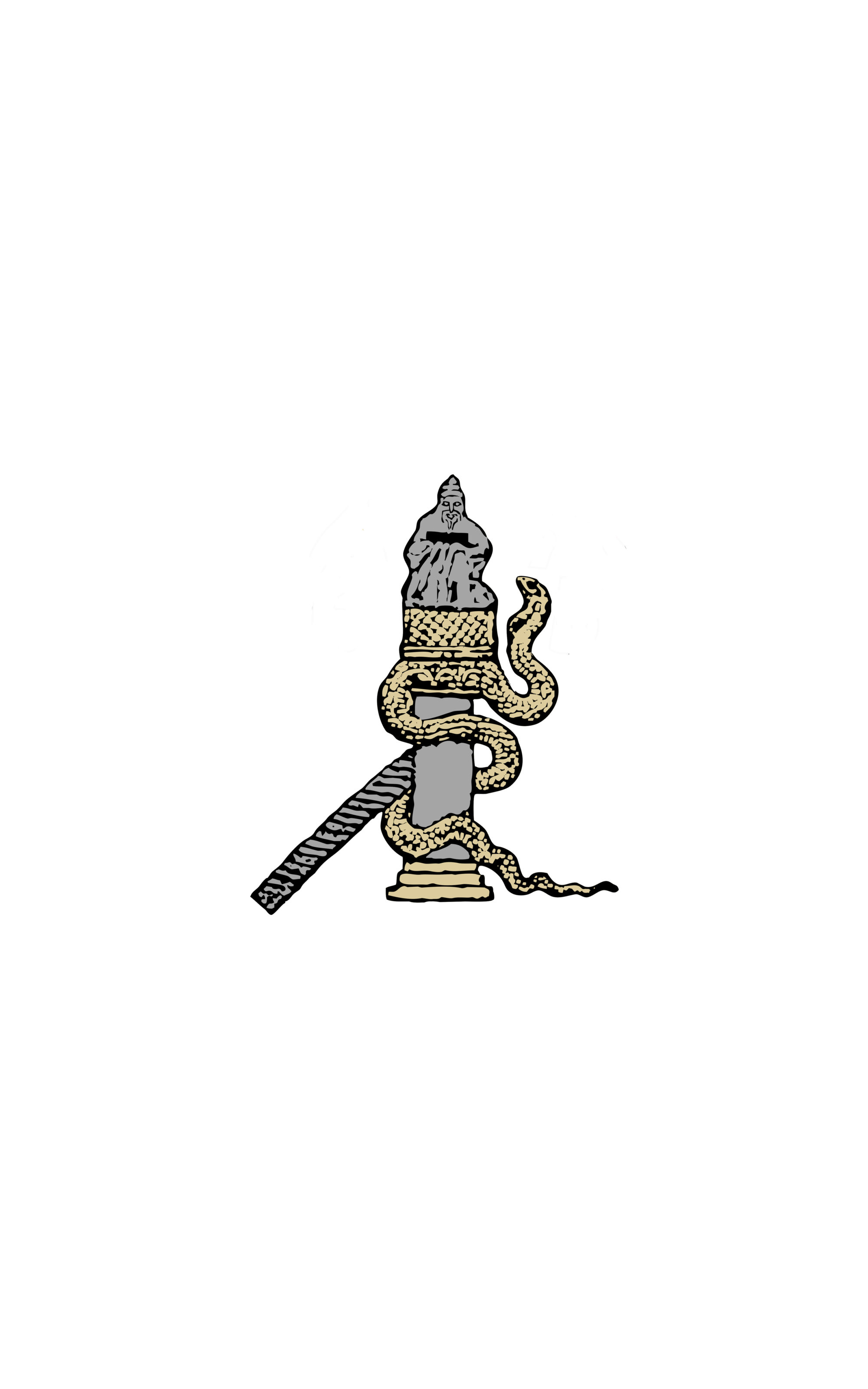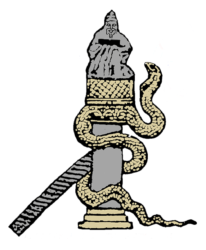In Search of Byzantium. Studies of Byzantine Art in Rome at the Beginning of 20th Century.
Giovanni Gasbarri (Université de la Sapienza de Rome)
This contribution is part of a Ph.D project in Art History started in 2010 at the “Sapienza” University of Rome. The research intends to highlight some crucial events which led the Byzantine Art History to become an independent discipline in Rome and in Italy on the turn of the 20th century. In those years, following the development of studies on this subject in the rest of Europe (first in Russia, then in France, England and Germany), Italy also gave its own contribution in evaluating Byzantium’s cultural role in the definition of European medieval art. Having newly become a capital, Rome hosted many collectors and scholars from abroad; their researches were encouraged by the most important foreign research Institutes such as the Ecole Française or the British School at Rome. In January 1901, the discovery of the Santa Maria Antiqua’s frescoes in the Roman Forum marked a turning point in the development of Byzantine studies, focusing the attention of an increasingly number of scholars in Eastern Christian arts. Furthermore, some later important cultural events certainly contributed to broaden that interest: the exhibition of Byzantine Art Works at Grottaferrata in 1905 (with a catalogue edited by Antonio Muñoz), and the 10th International Congress of Art History (1912), when many experts had the opportunity to present speeches dedicated to the arts and culture of Byzantium.
In this context, many famous scholars are remembered for their important writings on Early Christian and Byzantine art (Adolfo Venturi, Corrado Ricci, Antonio Muñoz, Pietro Toesca, Ugo Monneret de Villard, and others). The author of the first scientific monograph on the frescoes in Santa Maria Antiqua (1911), however, was one of the less famous personalities, baron Wladimir de Grüneisen. This contribution, therefore, also intends to offer a first overview on this important – but often neglected – scholar, trying to better define his profile within the Roman and European cultural context.

